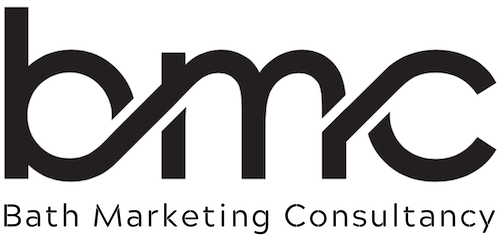Social media has become an integral part of business marketing and their communication strategies. With the increasing number of people using social media platforms (4.26 billion in 2021 predicted to be over 6 billion in 2027), businesses can now reach a wider audience and engage with customers in real-time. However, using social media for business requires a well-planned approach that is tailored to your business goals and objectives. In this article, we will explore the best ways to use social media for business.
Identify your target audience
The first step to using social media for business is to identify your target audience. Knowing who your target audience is will help you tailor your content and messaging to meet their needs and preferences. You can use social media analytics to gather information about your audience such as their age, gender, location, interests, and online behaviour.
Choose the right platforms
There are numerous social media platforms available, and it’s essential to choose the right ones for your business. Consider the demographics and preferences of your target audience when selecting social media platforms. For instance, if your target audience is millennials, you may want to focus on platforms such as Instagram and Snapchat. On the other hand, if your audience is primarily professionals, LinkedIn may be the best choice. Just because you can set up Twitter, it doesn’t mean it is right for your business.
Develop a content strategy
Once you have identified your target audience and chosen the right platforms, the next step is to develop a content strategy. Your content should be informative, engaging, and relevant to your audience. It’s essential to strike a balance between promotional and non-promotional content to keep your audience interested. You can use different types of content such as blog posts, infographics, videos, and images to keep your audience engaged.
Engage with your audience
Social media is all about engagement, and it’s essential to engage with your audience to build a relationship…..hence social media as the name. Respond to comments and messages promptly, ask questions, and encourage feedback. You can also create polls and surveys to get feedback on your products or services.
Use social media advertising
Social media advertising can be an effective way to reach a wider audience and promote your products or services. You can use various targeting options to reach your desired audience and choose from different ad formats such as sponsored posts, banners, and videos.
Monitor your performance
It’s essential to monitor your social media performance regularly. Use analytics tools to track your engagement, reach, and conversions. Analyse your data to identify what’s working and what’s not and make changes to your strategy accordingly.
Social media can be a powerful tool for business if used correctly. It raises online and brand visibility and has no geographic boundaries and, by going through the steps outlined, you can create a successful social media strategy that will help you achieve your business goals.
FAQs
Why is social media important for business marketing?
Social media allows businesses to reach and engage with their audience directly, build brand awareness, generate leads, drive traffic, and foster loyalty. It’s also a platform for storytelling and interacting in real time with customers.
Which social media platforms should my business use?
That depends on your target audience and business type. For B2C, platforms like Instagram, Facebook, TikTok, and Pinterest may be effective. For B2B, LinkedIn and Twitter may offer better reach. The key is to focus on where your customers spend time, rather than trying to maintain every platform.
How often should I post on social media to see results?
Frequency depends on the network and your resources, but consistency is more important than volume. A few quality posts per week is typically better than frequent low-quality content. Monitor engagement and post when your audience is active.
What kind of content performs best on social media?
Visual content—images, short videos, infographics, stories—often performs best. Content that is informative, entertaining, or emotionally resonant tends to get more engagement. User-generated content and behind-the-scenes glimpses can also resonate.
How do I measure social media success for my business?
Track metrics like engagement rate (likes, comments, shares), social reach / impressions, follower growth, click-through to your website, conversion actions (e.g. enquiries, sales), and ROI (ad spend vs return). Use those to refine your strategy.
Should I use paid social media advertising?
Yes, paid social can amplify reach and target specific audiences. It’s especially useful for new product launches, promotions, or gaining visibility in crowded markets. But success depends on targeting, creative, and budgeting.
Conclusion
The most effective way to use social media for business is to stop treating it as a mere broadcasting channel and start treating it as a dynamic community. Success hinges on a strategic shift from selling to engaging—by creating valuable, platform-specific content, actively listening and responding to your audience, and consistently building genuine relationships that foster trust and, ultimately, drive sustainable business growth.



